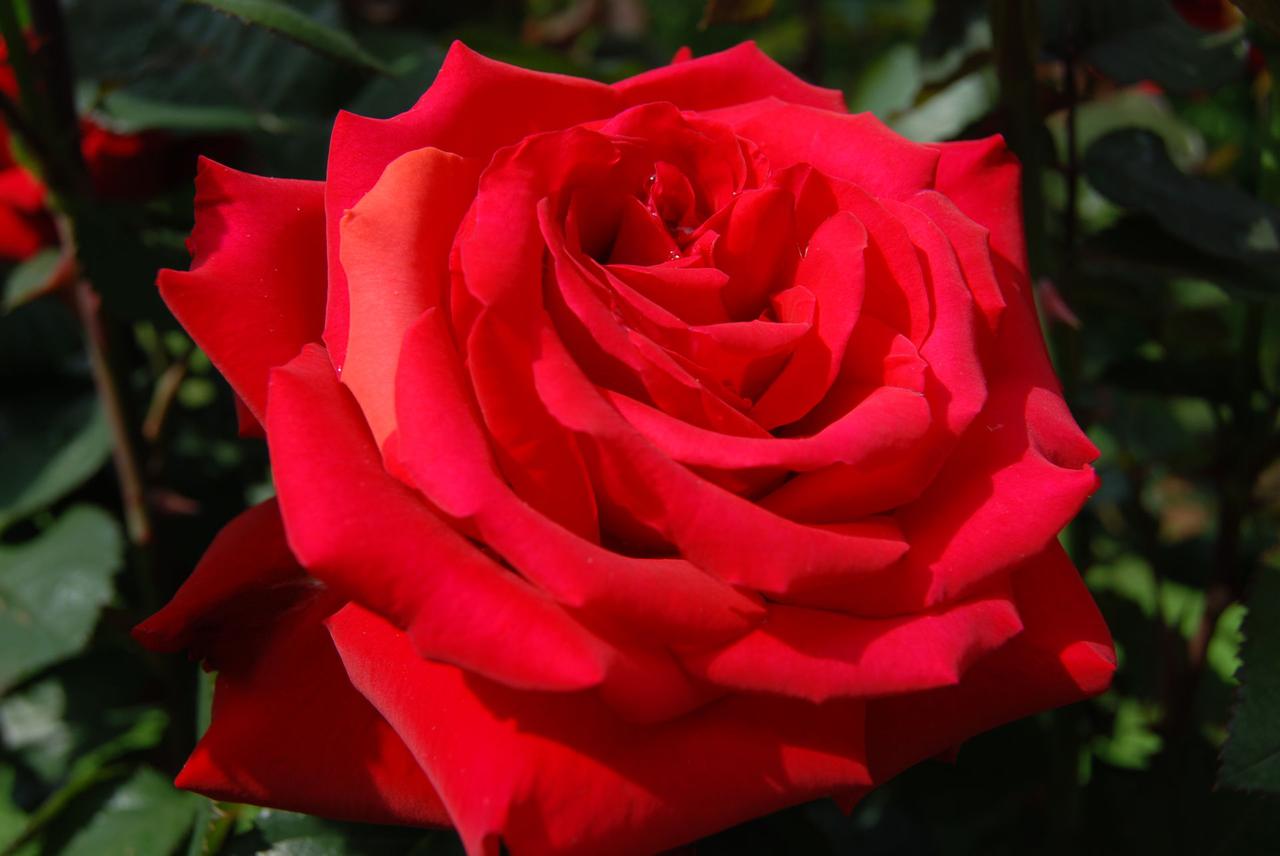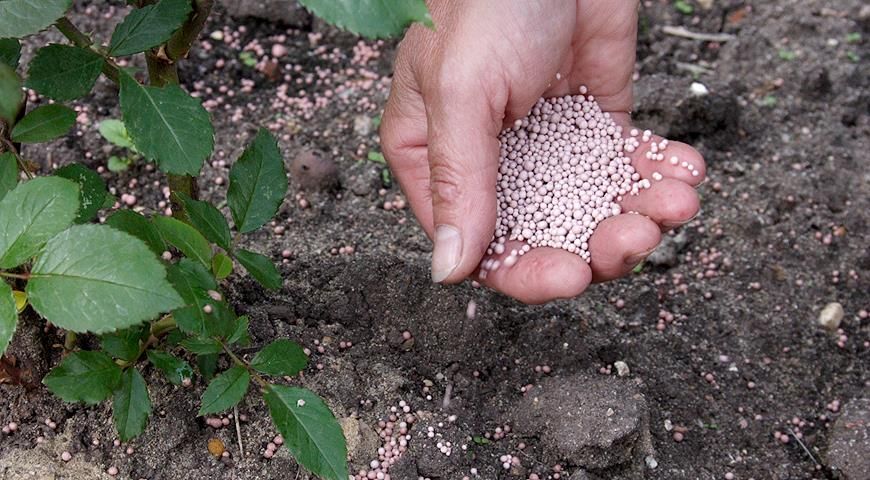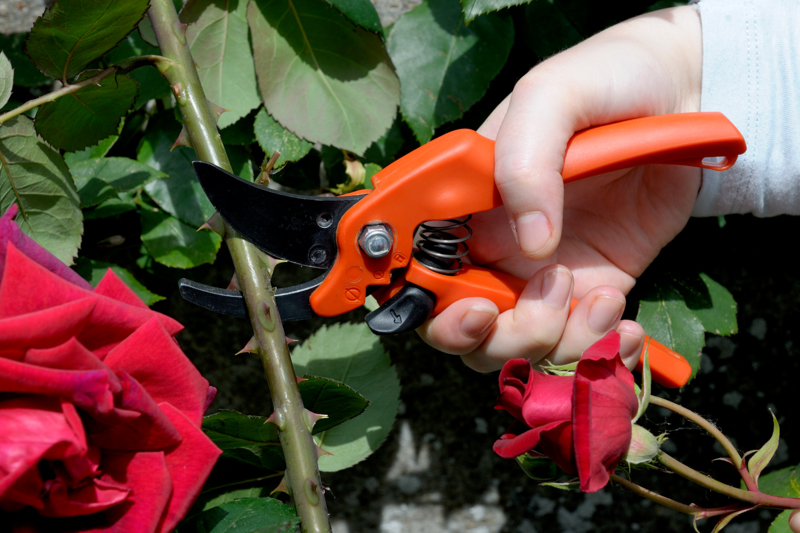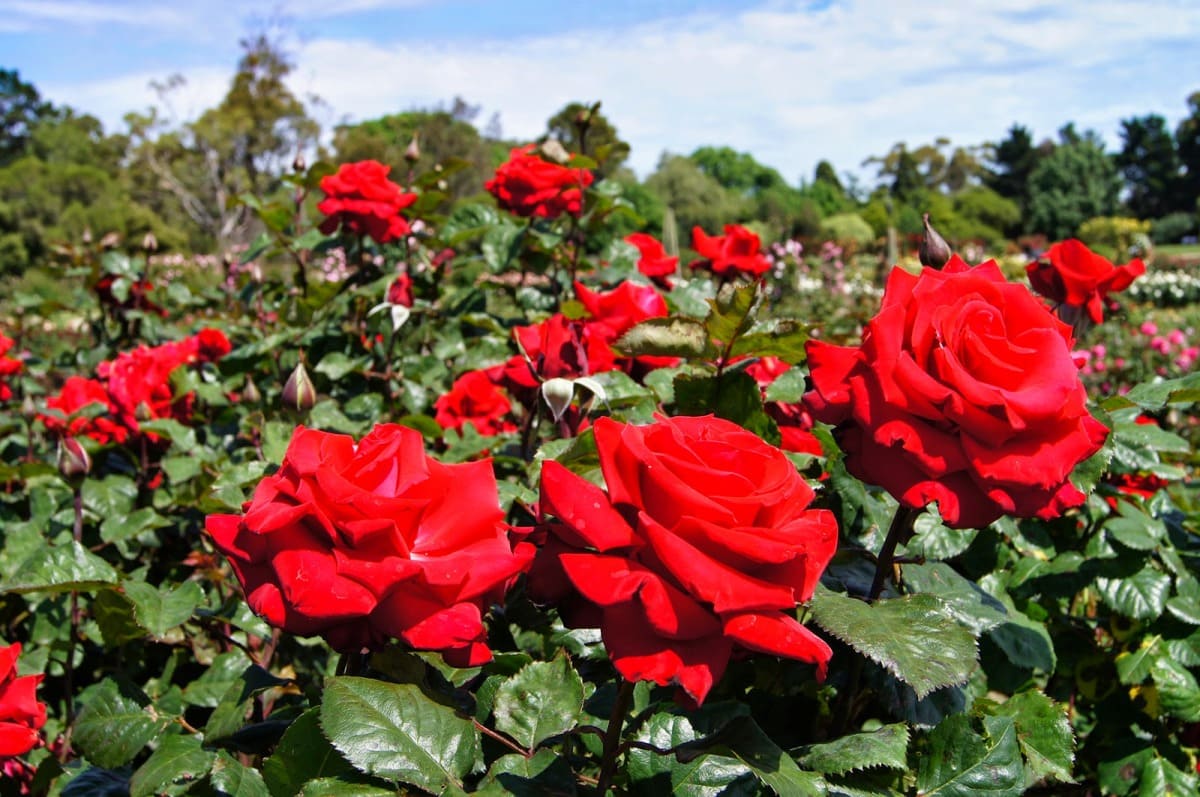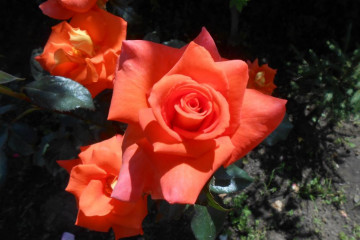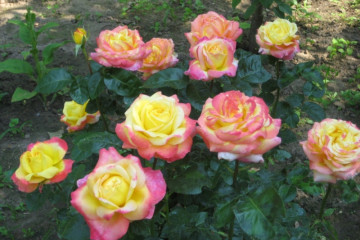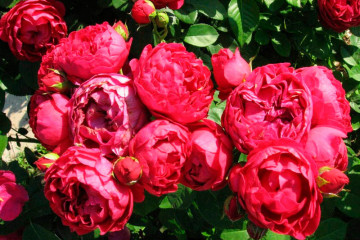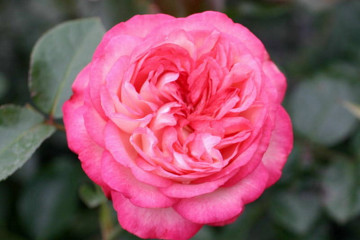Rose Grand Amore (Grande Amore) - what is this hybrid tea variety
Content:
Roses are undoubtedly a wonderful decoration for any flower garden. Those looking for long-flowering varieties that can delight in appearance and aroma throughout the summer season should pay attention to the relatively young Grande Amore. Even inexperienced gardeners, having become acquainted with this unpretentious rose, will be able to succeed in breeding it.
Description of the variety and history of creation
The hybrid tea rose of the Grand Amore variety was bred by German breeders in 2004. A year later, as a result of comprehensive tests, the variety was highly praised by the German Rose Society, which is recognized all over the world. The awarded insignia confirms the presence of the main varietal parameters: the splendor of flowering, resistance to frost and various diseases.
According to its characteristics, the Grand Amore rose has a blood-red color, a delicate light aroma and is distinguished by abundant flowering, which continues throughout the season.
Adult bushes with even neat branches and dense dark green foliage grow up to 100 cm in height. Luxurious flowers of a juicy bright red goblet-shaped shade are formed from dense buds and consist of 30-35 satin petals with pointed tips. They bloom slowly and gradually, reaching 12 cm in diameter when fully expanded.
Grand Amore, like most modern varieties, perfectly resists pests and diseases. According to the descriptions, it is resistant to windy and rainy weather, and tolerates the onset of cold weather well.
The variety also has disadvantages that are not so significant in comparison with the described advantages:
- the root system is not strong enough in the first year after planting, which requires strengthening;
- the need for regular feeding and removal of dried flowers;
- the need for shelter for the winter.
The high decorative qualities of the variety allow it to be used in landscape design as the main color accent. Both individual rose bushes and those that are part of contrasting flower beds and flower beds look great. Suitable for decorating gardens and parks in temperate climates.
Growing a flower
Saplings are planted in open ground in the spring, around the beginning of May. The soil must be sufficiently warmed up.
Step-by-step landing instructions:
- Choose a landing site. Preference is given to sunny areas protected from gusts of wind.
- Dig a hole 60 cm deep.
- Lay drainage and organic fertilizers at the bottom of the pit with the addition of fertile soil (about 10 cm each).
- Plunge the roots into the hole and spread gently.
- Fill the pit with earth or soil mixture with the addition of ash. In this case, the root collar should be located 5 cm below ground level.
- Lightly compact the soil and form a mound around the seedling.
- Water the seedling abundantly (about 1-2 buckets per bush).
- To mulch the space inside the earthen circle.
A properly planted rose bush will quickly take root and will delight the gardener with flowering in the first year.An earthen mound poured around the plant will prevent water from spreading during watering and will additionally protect the immature plant from possible frosts.
Plant care
Roses of this variety prefer a rather loose, slightly acidic (pH 5.5-7.2) soil that is good for air and moisture. Attempts to grow Grand Cupid in garden plots with inappropriate soil types can lead to slow growth, impaired root respiration, and excessive moisture may cause the plant to die.
To remedy the situation, coarse sand (6 parts) and compost, humus, sod and leafy soil (one part each) are added to the clay soil. You can mix 2 parts of turf and clay to sandy soil, crushing it beforehand, as well as one part of humus or compost.
The bushes of Grand Amore, grown in the middle lane, at moderate temperatures, it is enough to water once a week. At least 0.5 buckets of non-cold water are poured under the root, trying not to hurt the flowers and leaves. When hot dry weather sets in, they switch to two-week watering.
The Grande Amore rose is a lush flowering variety that requires a lot of nutrients to thrive and maintain flowering. Therefore, feeding must be carried out throughout the growing season. For these purposes, organic fertilizers are suitable, including proven folk remedies. In the spring, the bushes need to be fed with nitrogen fertilizers, and in the summer with potassium and phosphorus.
During the first preventive spring pruning, diseased and damaged stems are removed. The second, formative, is carried out in the summer, during the entire growing season. It does not affect flowering and consists in removing faded buds with small areas of peduncles, allowing you to give the bush the desired shape. Another preventive pruning occurs in the fall. At the same time, weak, thin young shoots are cut off.
Transplanting is best done in early spring or fall. The bushes are transferred to a new place, after removing all the buds and cutting off the stems strongly. At the same time, it is important to keep a clod of earth on the roots from the previous planting site.
Although the Grand Amore rose is considered a winter-hardy variety, the flower requires special preparation for the winter period:
- After pruning the shoots and leaves, the branches are tied and treated with copper sulfate.
- Sprinkle the roots 20-30 cm with earth or sand.
- The bush is covered with spruce paws.
- A non-woven material is wrapped over the spruce branches.
In the spring, the bush is first opened and aired, and after warm weather is established, the insulation is completely removed. If you do not unravel the plant, then it will overwhelm and can get sick.
Blooming rose
The rose called Grand Cupid belongs to the re-flowering varieties. This means that after the first wave of flowering ends and the petals fall off, the bush can bloom again. However, it is important not to forget to cut the wilted flowers, otherwise this may not happen.
During flowering, the plant does not require special care that distinguishes it from other varieties. It is enough to carry out the usual actions in time: feed, water, weed or treat with herbicides, protect against diseases and pests.
It so happens that the rose bush does not bloom at the right time, which causes concern for the gardener.If the bush is planted only this year, then this situation is within the normal range. In other cases, the reason may be insufficient lighting (less than 8 hours a day), pruning and feeding errors. Overgrowth at the roots, fire blight can interfere with blooming. Sometimes the bush needs rejuvenation to resume flowering.
Flower propagation
Grand Amore is propagated by half-woody shoots, which are cut from the bush in the early morning. It is not recommended to take young shoots, as well as shoots treated with nitrogen fertilizers.
They act as follows:
- Cut a suitable shoot with two leaves so that both cuts, upper and lower, have 45 degrees.
- The cuttings are allowed to dry and buried 2-3 cm into the ground, choosing a place in the shade.
- The buried shoot is covered with a jar and periodically moistened.
- After rooting, the young plant is left to winter in the same place.
- In the spring, you can, if necessary, carry out a transplant in accordance with the rules described above.
Diseases, pests and ways to control them
Despite the resistance of the variety to diseases, it can be exposed to fungal diseases: powdery mildew, rust, gray rot. To protect the rose in rainy summer, the Grand Amore rose is sprayed 1-2 times with sulfur-containing preparations (for example, Bordeaux liquid or copper sulfate).
To combat insects (bear, spider mite, leafworm, scabbard, penny), specialized insecticidal preparations are used.
With proper care, the Grand Amore hybrid tea variety will be an excellent decoration for your personal plot. Although he is unpretentious in care, he needs a respectful attitude. Resistance to various diseases and moderate cold makes it possible to grow it in central Russia. However, one should not neglect the preventive treatment of bushes and their warming in winter, then the Grand Amur rose will delight with its abundant flowering every year.
